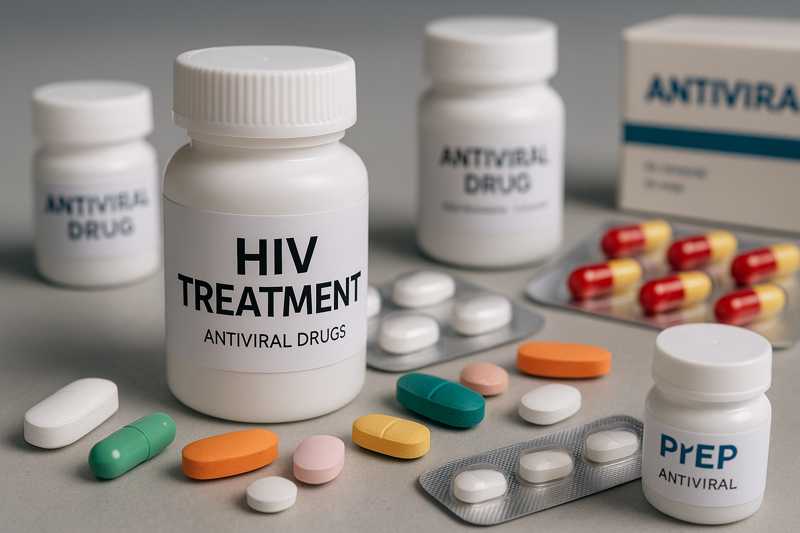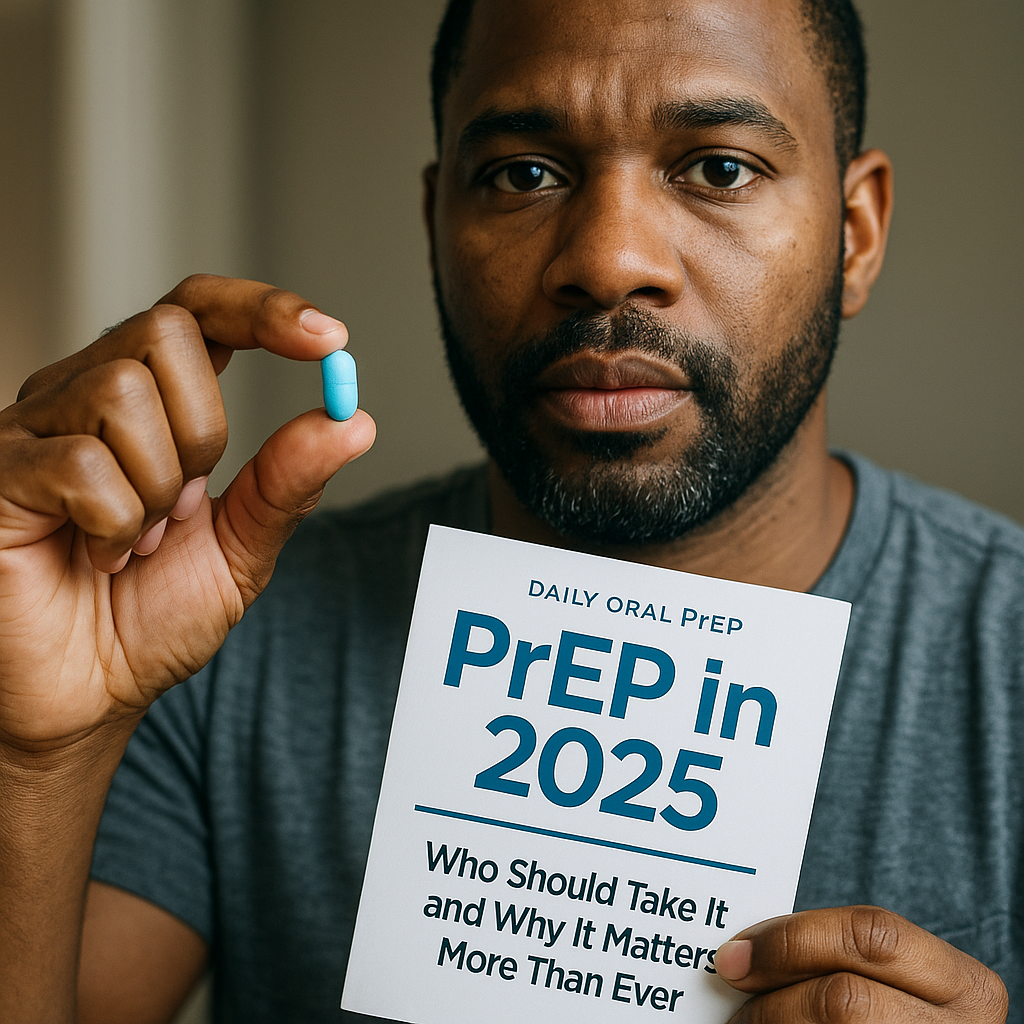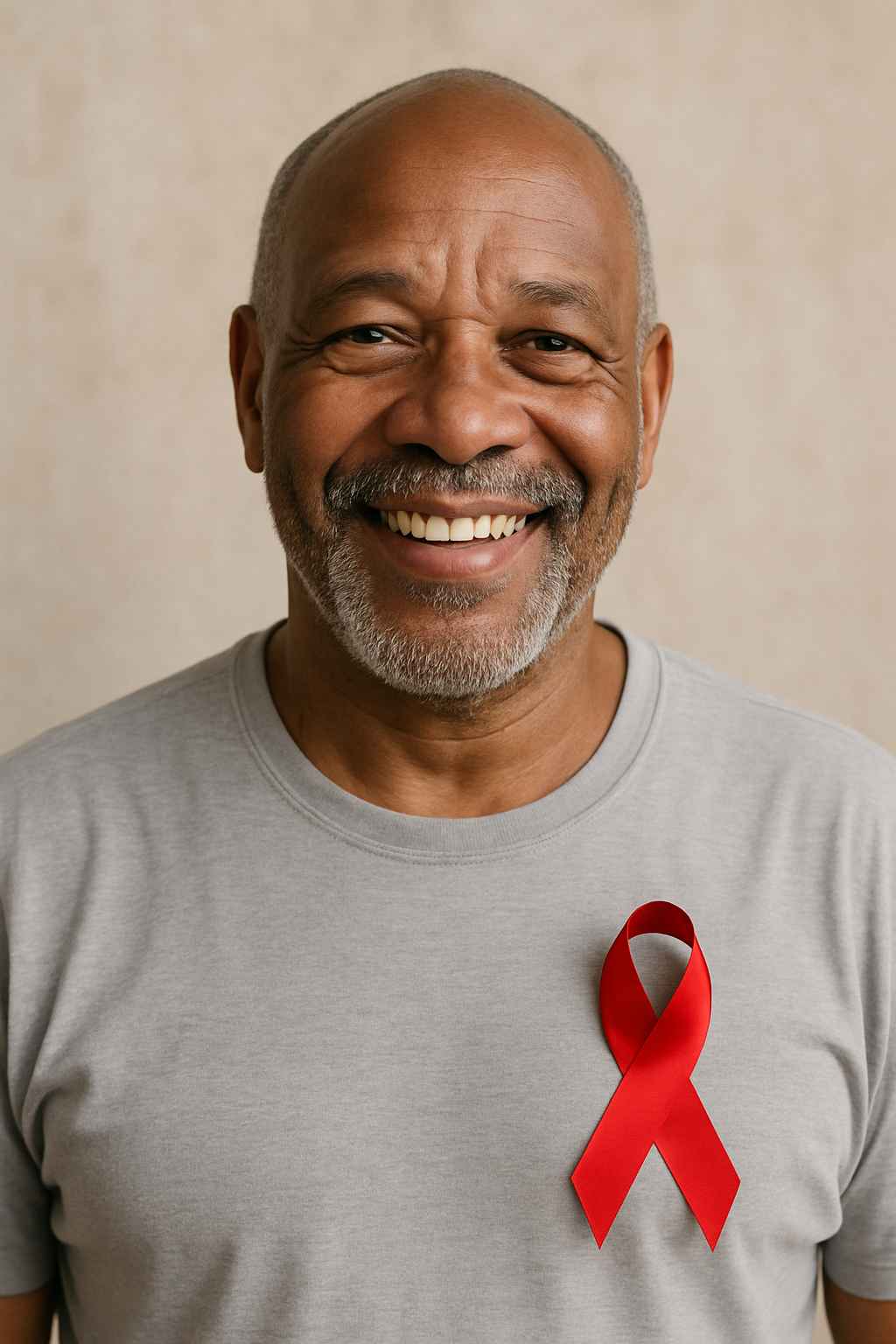
HIV treatment has come a long way since the earliest antiretroviral drugs of the 1980s. Today, people living with HIV can lead long, healthy lives thanks to innovations in therapy, simplified regimens, and increased access. Although a cure remains elusive, the available treatment options are more effective, better tolerated, and easier to manage than ever before. So, what does modern HIV treatment look like in 2025, and which options are making the biggest difference?
Table of Contents
- Antiretroviral Therapy (ART): The Foundation of HIV Care
- Single-Tablet Regimens and Fixed-Dose Combinations
- Long-Acting Injectable Treatments
- Pre- and Post-Exposure Prophylaxis (PrEP and PEP)
- Conclusion
- FAQs
Antiretroviral Therapy (ART): The Foundation of HIV Care
The cornerstone of HIV treatment is antiretroviral therapy (ART), which involves using a combination of medications to control the virus. ART works by suppressing HIV replication, helping preserve immune function and prevent progression to AIDS. When taken consistently, ART also reduces the viral load to undetectable levels—meaning the virus cannot be transmitted to others through sexual contact.
Modern ART typically includes two nucleoside reverse transcriptase inhibitors (NRTIs) and a third agent such as an integrase strand transfer inhibitor (INSTI), non-nucleoside reverse transcriptase inhibitor (NNRTI), or protease inhibitor (PI). Common drugs include emtricitabine, tenofovir alafenamide, dolutegravir, bictegravir, and darunavir.
Importantly, research has shown that early initiation of ART—regardless of CD4 count—leads to better long-term health outcomes. For this reason, current treatment guidelines recommend starting ART as soon as possible after diagnosis.
Single-Tablet Regimens and Fixed-Dose Combinations
In 2025, convenience and adherence continue to drive the evolution of HIV treatment. Single-tablet regimens (STRs), which combine multiple antiretroviral drugs into one daily pill, are now the standard of care for many patients. These combinations simplify treatment and reduce pill burden, improving adherence and outcomes.
Popular STRs include:
- Biktarvy (bictegravir/emtricitabine/tenofovir alafenamide)
- Dovato (dolutegravir/lamivudine)
- Triumeq (dolutegravir/abacavir/lamivudine)
- Juluca (dolutegravir/rilpivirine) – for patients with stable viral suppression
In addition to STRs, fixed-dose combinations that streamline therapy into two pills or less are used for patients with complex needs or resistance issues. These combinations offer flexibility while still maintaining a simplified regimen.
Although STRs have transformed HIV care, they are not suitable for every patient. Providers may adjust regimens for side effects, comorbidities, pregnancy, or drug resistance. That’s why personalized treatment plans remain essential.
Long-Acting Injectable Treatments
One of the most exciting developments in HIV treatment is the rise of long-acting injectable therapies. These options offer an alternative to daily pills, appealing to patients who struggle with adherence or prefer less frequent dosing.
Approved by the FDA, Cabenuva (cabotegravir and rilpivirine) is the first long-acting injectable regimen for HIV. Administered once monthly or every two months, Cabenuva has demonstrated comparable efficacy to daily oral ART. It’s especially useful for patients who are virally suppressed and prefer not to take pills daily.
Additionally, Sunlenca (lenacapavir) is a new injectable that offers six-month dosing intervals. Though currently indicated for heavily treatment-experienced individuals with multidrug resistance, research is underway to explore its potential for broader use.
These injectable treatments reduce stigma, improve privacy, and enhance quality of life for many patients. However, they require regular clinic visits and may not be accessible in all settings. As more options are developed, long-acting ART is expected to become a growing segment of HIV treatment.
Pre- and Post-Exposure Prophylaxis (PrEP and PEP)
While not treatments for people living with HIV, PrEP and PEP play a crucial role in HIV prevention and management. These therapies support HIV-negative individuals at risk of exposure, reducing new infections and supporting public health efforts.
PrEP involves taking medication before exposure to prevent HIV infection. Options include:
- Truvada (tenofovir disoproxil fumarate/emtricitabine)
- Descovy (tenofovir alafenamide/emtricitabine)
- Apretude (long-acting injectable cabotegravir)
PrEP is recommended for individuals at high risk, including those with HIV-positive partners, sex workers, and people who inject drugs. When taken as prescribed, PrEP reduces the risk of acquiring HIV by over 90%.
PEP, on the other hand, is a short-term emergency treatment taken after potential exposure, such as unprotected sex or occupational needlestick injuries. It must be started within 72 hours and continued for 28 days. PEP regimens typically involve a three-drug combination, including drugs like raltegravir, emtricitabine, and tenofovir.
Though not lifelong therapies, PrEP and PEP are integral to a comprehensive HIV strategy. They offer reassurance, reduce transmission, and can serve as a gateway to ongoing care and prevention.
For more prevention updates and stories, visit the AIDS.org blog.
Conclusion
HIV treatment in 2025 is defined by innovation, flexibility, and empowerment. From daily single-tablet regimens to long-acting injectables and tailored therapies, individuals have more options than ever to live well with HIV. While the virus cannot yet be cured, effective treatment keeps it under control and untransmittable.
New research and drug development continue to push the boundaries of what’s possible. At the same time, access, education, and adherence support remain vital components of successful care. Whether you’re newly diagnosed or managing HIV for decades, today’s treatment landscape offers hope, health, and resilience.
FAQs
What is the best HIV treatment available today?
There is no single “best” treatment. Options like Biktarvy or Cabenuva are popular, but the best regimen depends on individual needs, side effects, and resistance patterns.
Can HIV be cured with current treatments?
No. Current HIV treatment controls the virus but does not eliminate it. However, treatment can make the virus undetectable and untransmittable.
How often are long-acting HIV treatments given?
Cabenuva is given monthly or every two months. Newer options like Sunlenca may be administered every six months.
Is PrEP considered an HIV treatment?
PrEP is a preventive tool, not a treatment for people with HIV. It helps HIV-negative individuals avoid infection.
Where can I learn more about HIV support and resources?
Visit AIDS.org and Healthcare.pro for trusted resources, education, and community support.
Disclaimer
“This content is not medical advice. For any health issues, always consult a healthcare professional. In an emergency, call 911 or your local emergency services.”



